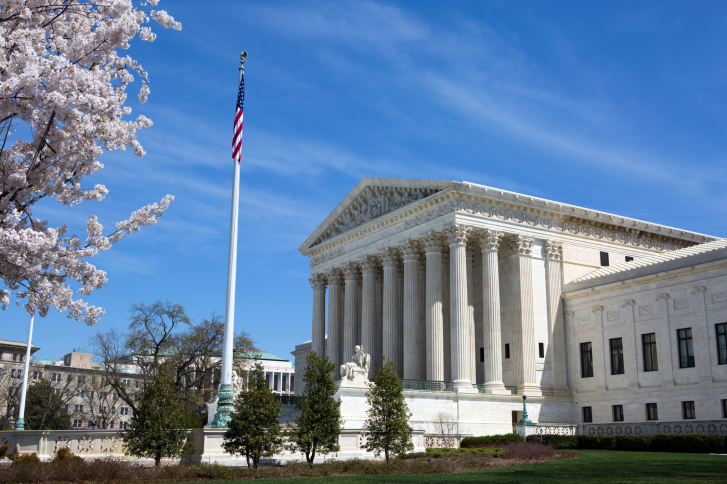Review of The Phantom Fallout-Induced Cancer Epidemic in Southwestern Utah, by Daniel Miles (BookSurge Publishing, 2009), 142 pages, ISBN-13: 978-1439206478
If you like nonfiction thrillers and believe the conventional media may be inclined to stir up a tempest in a teapot, you will enjoy Daniel Miles’ meticulously researched, easy-to-read, 130-page paperback exposé of a nuclear fear travesty that began unnoticed in 1951 and accelerated into a national scandal in 1978.
Lawyer-Induced Hysteria
On January 17, 1951, the first atomic bomb ever detonated at the Nevada Test Site took place some 130 miles southwest of St. George, Utah. Almost three decades later, news articles about excess cancer rates among atomic veterans triggered the arrival of a team of lawyers at St. George. In the words of author Daniel Miles, “The lawyers with the aid of activists, politicians, and the media succeeded in creating an atmosphere of fear, panic, and emotional hysteria over the dimly understood dangers of radioactive fallout.”
Beginning in the fall of 1978, trial lawyers encouraged down-winders—as the people in the nearby areas of Utah were called—to tell heart-wrenching stories about schoolmates, neighbors, and family members afflicted with cancer and other maladies. Miles traces the history of the fallout-cancer story, having studied decades of newspaper articles, read the relevant books, and interviewed everyone he could.
Fast forward to 2005. The National Research Council (NRC) published a 2005 report analyzing 1400 studies on the health effects of radiation, in which did not find the alleged Utah fallout calamity worthy of consideration. Only a single study of thyroid disease in Utah school children exposed to fallout was cited—and found not to be statistically significant.
Miles observes the scandalous promotion of the false scare by lawyers, irresponsible doctors, and the media led to real stress-related health harms. Emotionally traumatized citizens are experiencing physical manifestations of the unnecessary emotional stress the trumped-up scare has caused. Miles hopes his book will help reduce emotional stress among residents of the area.
Excellent Nuclear Tutorial
Before telling the story of the Utah fallout scare, Miles offers an excellent tutorial on nuclear radiation, aimed at allowing the reader to better understand why the people in Utah were not fallout victims all. Unfortunately, he notes, scientific facts describing the realities of nuclear fallout were largely ignored when on October 9, 1979, Sen. Hatch (R-UT) and the late Sen. Ted Kennedy (D-MA) introduced legislation to compensate victims of fallout.
Millions of dollars have been spent on studies looking for adverse health outcomes in various populations exposed to nuclear radiation. These studies have failed to find an increase in the overall cancer rates attributable to radiation exposure near Three Mile Island; Hanford, Washington; the uranium processing plant at Fernald, Ohio; the uranium mine in Montrose County, Colorado; and on those downwind of the Nevada test site.
Fact vs. Fear
It was unfortunate that the Utah newspapers adopted the bad habit of the national media, routinely reporting the press releases of activist scientists who dodge the scrutiny of the peer-reviewed scientific literature. Their use of unrestrained language, exaggerated estimates, and wild predictions on anything nuclear helped fuel public concern and hike television ratings.
The Utah story is another example of how trial lawyers and activists can successfully create an atmosphere of fear, with the active help of the media, by misusing science and hyping anecdotal evidence. Sadly, we will always be subject to such unwarranted fears. Even in the age of modern science, our interest in anecdotal stories can make us easy to exploit.
This book tells one such story, and it is both fascinating and instructive.
Jay Lehr, PhD. ([email protected]) is science director of The Heartland Institute.



